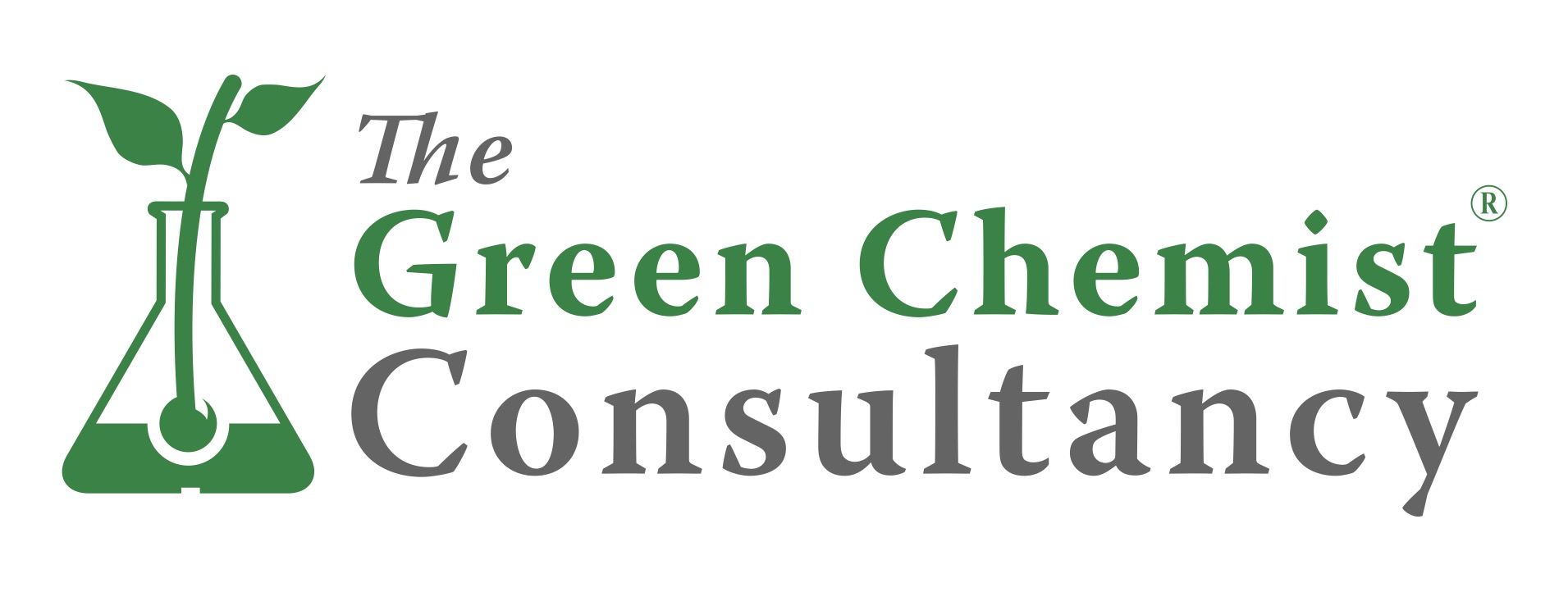
We trust natural, and we find this word all over, however what is the difference between natural and synthetic today? What was natural 100 years ago is different from what is natural now.
100 years ago our ancestors were doing their washing by hand using animal derived soap. There were very few cars and no plastic and modern comforts around. It would have been a very straight forward answer: from nature. Today, thanks to science and technology, it is far more complicated, yet it is important to know the difference so that you get your expectations and choices straight.
So how do we go about the difference between natural, synthetic and naturally derived cosmetics? This key question can be answered by looking at either
-the molecular structure of a raw material (if the molecule is found in nature)
-or at its origin, whether it is from plant materials found in nature (and by plant material I mean living or fairly recent plant material, and not decomposed forests that are thousands of years old, i.e. petroleum).
The industry has been using the second approach, and in view of that, the definition of a natural ingredient is of a plant derivative that retains its natural molecular structure without any chemical modification.
In order to retain its structure, natural ingredients are obtained via physical means, such as distillation, maceration, solvent extraction and squeezing. Some examples of natural ingredients are essential oils, cold pressed vegetable oils and simple extracts such as tinctures.
As the type of cosmetic products that can obtained via simple natural ingredients are quite limited, chemistry has been used to modify natural ingredients to create entirely new molecular structures, allowing increased performance and new sensorial effects.
I hold that the chemical modification used in the context of creating natural derivatives to make biodegradable / green cosmetics needs to be defined and associated with green chemistry, otherwise the natural derivative will be a hybrid natural derivative, where part of the molecule is of synthetic origin. These type of molecules are petrochemicals as well as natural derivatives (for example Peg-40 hydrogenated castor oil), so we need to be aware of the distinction to avoid confusion. Examples of green chemistry processes are fermentation, condensation, esterification, to name a few, and examples of ingredients are decyl glucoside, glycerine and alcohol.
Finally synthetic ingredients are substances derived from petrochemical sources, including silicones derived from silica as too many reactions are involved in their manufacturing. These ingredients tend to be readily available (they are always in season!) and low cost, however their long term availability and environmental impact is a challenge we are all aware of.
To know more or discuss about sustainability in cosmetics join me in the sustainability zone at In Cosmetics Global in Amsterdam.

